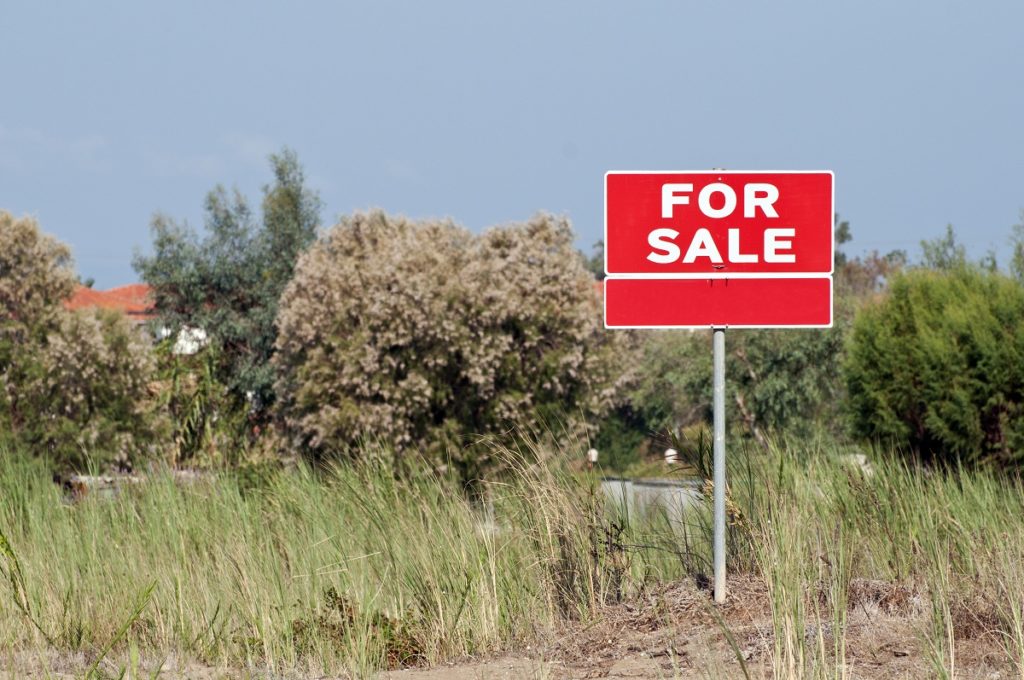Planting the right kind of tree for a commercial development pays off in the future as they grow strong and healthy. These factors play a key role in selecting the appropriate tree species that suits the grounds of a commercial development.
Trees add beauty to a commercial landscape and often provide a host of benefits once they’ve started to flourish. Besides shade and privacy, trees can also cancel out noise, obscure eyesore structures, and provide cleaner, fresher air. Planting the wrong type of tree—be it too big, too sensitive, or ill-adapted to the surrounding conditions—can lead to a tree dying before its time (and an unsightly bit of deadwood front and center).
Choosing the right type of tree for the landscape can add a tremendous amount of curb appeal without leading to further problems down the line. The right species of tree will flourish in the landscape and provide a host of benefits without causing undue problems in the future.
Soil Conditions
Different tree species need specific soil conditions to thrive. As a general rule, the best tree species for a landscape is usually the types of the tree already common and flourishing within the area, which indicate an adaptation to the local soil conditions.
Because city soil is often drier and more compact, trees may generally have a tougher time adapting to these new conditions. Some tree species would require extra maintenance and soil conditioning to flourish, whereas hardier species can be planted straight away. An arborist can test the soil’s current composition and parameters and recommend the appropriate steps to remedy poor soil conditions.

Purpose
The ideal species of tree selected for the landscape should reflect what primary purpose the trees must serve. Trees that serve a primarily decorative purpose in a landscape should, ideally, be species that produce breathtaking blooms in the summer and spectacular autumn foliage in the fall. Trees with colorful foliage are an excellent accent plant for many commercial and residential landscapes and work best when planted close to buildings.
Trees also frequently serve a secondary purpose, serving as windbreaks and sources of shade during sunny days. Shade trees should have wide, thick canopies and be tall enough to provide shade to some of the floors. In areas with wide seasonal variations, deciduous broadleaf trees make excellent shade trees—blocking out the heat of the sun in summer and permitting it in winter once they lose their leaf cover.
Trees meant to provide privacy or cover—as well as those meant to serve as sound or windbreaks—would need to have bushy canopies.
Proportions
Commercial landscapes don’t always have the space for large trees, and the surrounding traffic may put a limit on how tall or wide trees can get. Commercial landscaping services can provide residents in cities such as Ridgeland with ample advice on ensuring that the trees grow healthy and are trained to grow at the appropriate sizes.
Besides keeping trees healthy, appropriate spacing helps avoid structural damage being incurred as trees grow. Planting too large a tree in a cramped space or too close to a building would lead to problems further down the line. To avoid this, the maximum dimensions of a tree must be taken into account when selecting a species.
The species of tree selected should also suit the area it’s meant to be planted. Small tree species with low canopies, although hardly capable of shade, can add the necessary ornamental touch without causing structural damage in the long run. Meanwhile, trees such as the
Maintenance
Finally, different tree species have different maintenance requirements. Planting the wrong tree species (or an otherwise appropriate species at the wrong place) can lead to additional costs in terms of maintenance. Especially demanding species may require constant watering while some fast-growing species may require regular pruning to maintain its shape. Choosing the right trees for the right location keeps maintenance jobs relatively hassle-free and affordable.



